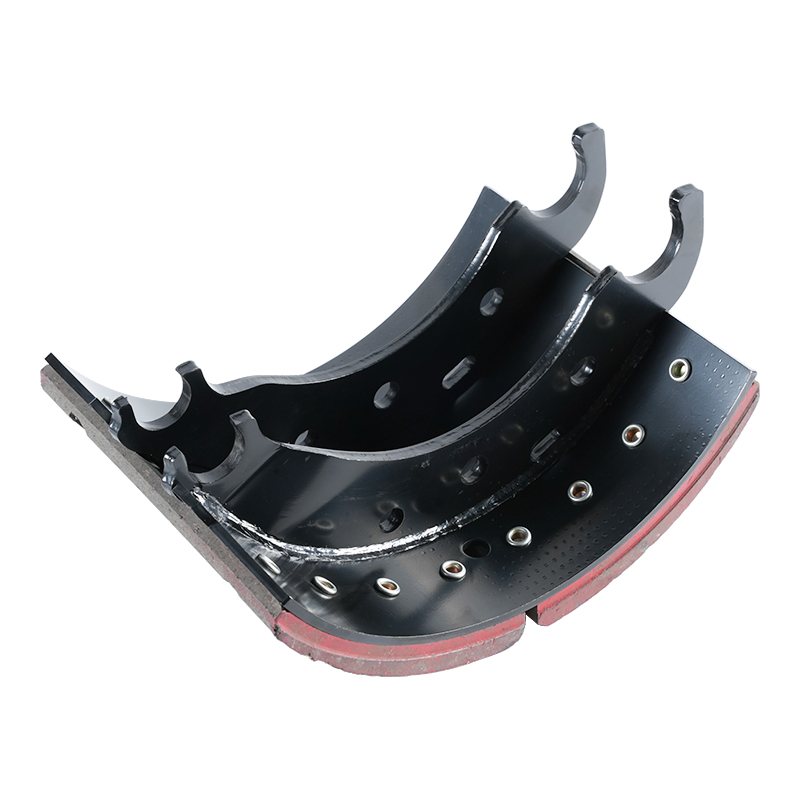How do environmental factors, such as temperature and humidity, affect the performance of brake shoes?
 2024.10.25
2024.10.25
 Industry News
Industry News
When it comes to vehicle safety, few components are as crucial as the braking system. Among these, brake shoes play a vital role in ensuring smooth and safe stopping. However, many drivers may not realize that environmental factors, such as temperature and humidity, can significantly affect the performance of brake shoes.
The Influence of Temperature
Temperature is one of the most significant environmental factors affecting brake shoe performance. When temperatures rise, the materials used in brake shoes can expand, potentially altering their effectiveness. For instance, at high temperatures, the brake pads may become softer, leading to a phenomenon known as brake fade. This occurs when the friction material loses its ability to grip the brake drum effectively, resulting in reduced stopping power.
Conversely, extremely low temperatures can cause the brake materials to harden, reducing their ability to conform to the brake drum surface. This can lead to increased stopping distances and a higher risk of skidding, particularly in icy conditions. A study by the National Highway Traffic Safety Administration found that brake performance can drop by up to 40% in freezing temperatures. So, next time you hit the road in chilly weather, remember that your brake shoes might be less effective than usual!
Humidity and Its Effects
Humidity is another environmental factor that plays a crucial role in brake shoe performance. High humidity levels can cause moisture to accumulate on the brake surfaces, leading to corrosion and reduced friction. This is particularly problematic for vehicles that are frequently exposed to wet conditions, as the moisture can create a thin layer of water between the brake shoes and the drum, diminishing their stopping power.

Moreover, the presence of moisture can cause the brake materials to swell, which may lead to premature wear and tear. A study conducted by automotive engineers revealed that vehicles operating in humid environments experienced an average of 25% more brake shoe wear compared to those in drier climates. This highlights the importance of regular maintenance and inspection of brake components, especially in regions with high humidity.
The Combined Effect of Temperature and Humidity
The interaction between temperature and humidity can create a perfect storm for brake shoe performance. For instance, during hot and humid days, the risk of brake fade increases significantly. The combination of high temperatures softening the brake materials and humidity causing corrosion can lead to a dangerous situation for drivers.
In extreme scenarios, such as during heavy rainfall followed by a sudden temperature drop, drivers may experience "hydroplaning" where the vehicle loses contact with the road. This can severely compromise braking ability, making it essential for drivers to adjust their braking techniques according to environmental conditions. It’s always a good idea to keep an eye on weather forecasts and be prepared for changing conditions to ensure safe driving.
Understanding how environmental factors like temperature and humidity affect brake shoe performance is critical for ensuring vehicle safety. By being aware of these influences, drivers can take proactive measures to maintain their braking systems and adapt their driving habits accordingly. Regular inspections and timely replacements of brake shoes can make a world of difference, especially in challenging weather conditions. Remember, a little bit of knowledge can go a long way in keeping you safe on the road. So, stay informed and drive safely!

 Eng
Eng  中文简体
中文简体










